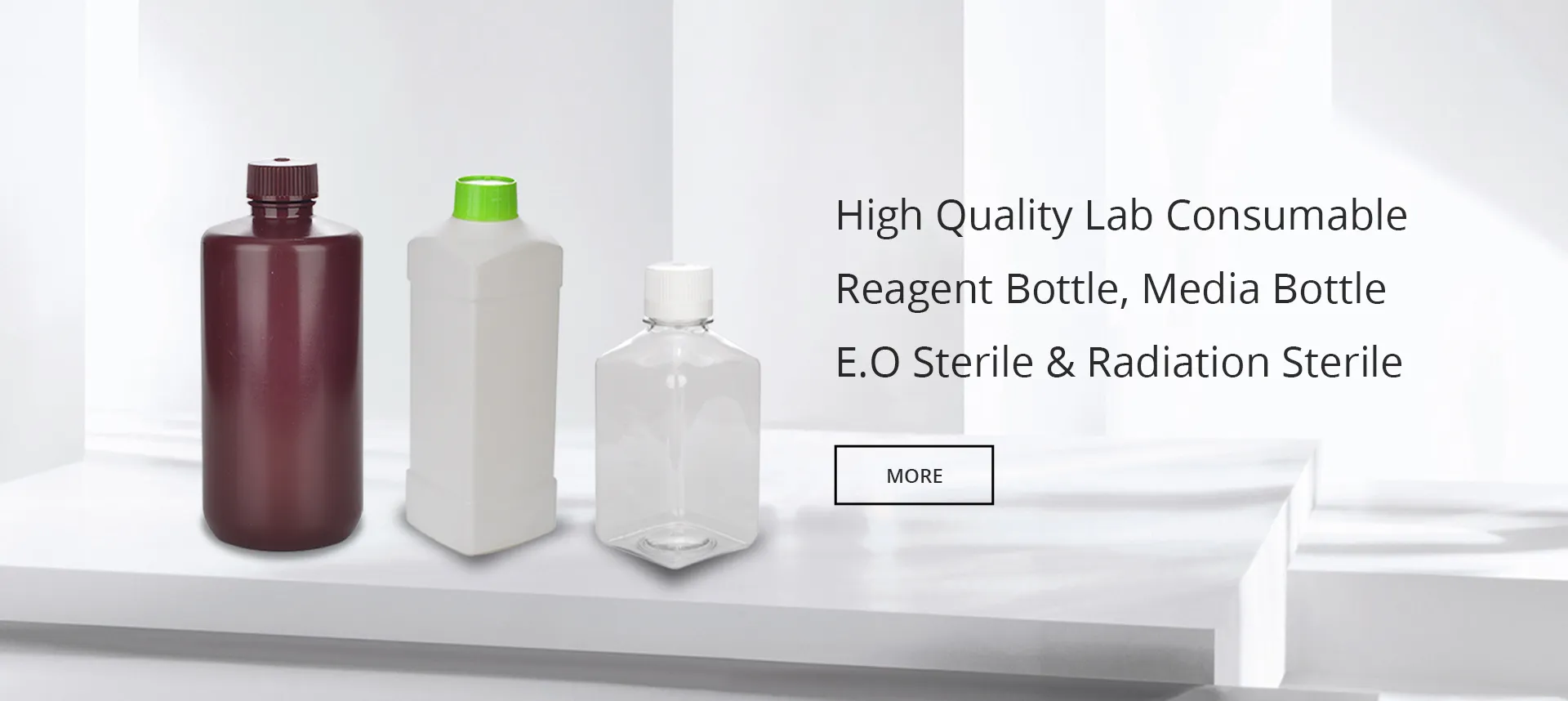medicine liquid bottle
The Importance of Medicine Liquid Bottles in Healthcare
In the realm of healthcare, the safe and effective administration of medications is paramount. Among the various forms of medication delivery, liquid medications play a crucial role in treating a wide range of conditions. As such, the design and regulation of medicine liquid bottles have significant implications for patient safety and medication efficacy.
Understanding Medicine Liquid Bottles
Medicine liquid bottles are containers designed specifically to hold liquid medications. They come in various sizes, shapes, and materials, each tailored for specific types of liquids, from syrups and solutions to suspensions and infusions. Typically made from glass or high-density polyethylene (HDPE), these bottles are constructed to protect the contents from light, moisture, and contamination while ensuring that the medication remains stable over time.
One of the most critical aspects of medicine liquid bottles is their child-resistant features. Given that many liquid medications are sweetened or flavored to improve palatability, the risk of accidental ingestion by children is a genuine concern. Therefore, manufacturers are required by regulatory bodies, such as the U.S. Food and Drug Administration (FDA), to implement safety mechanisms that prevent children from easily accessing the contents. These features not only safeguard young patients but also provide peace of mind to caregivers and parents.
The Role of Packaging in Pharmaceutical Efficacy
The packaging of liquid medications is not merely a vessel; it is an integral component that affects the stability and efficacy of the medication itself. For instance, certain medications can degrade when exposed to light or air. As a result, many liquid medicine bottles are designed to be opaque or amber-colored to block harmful UV rays, while others are equipped with airtight seals to minimize exposure to oxygen. These design choices enhance the shelf-life of the medication, ensuring that patients receive the intended dose of an effective formulation.
Moreover, the accessibility of medications is also influenced by the design of medicine liquid bottles. Innovative designs, such as flip-top caps and precision droppers, facilitate accurate dosing, enabling patients to adhere more closely to their prescribed regimens. This is particularly important for pediatric patients or those with chronic conditions who may require precise doses on a regular basis. In such cases, the ability to deliver a small volume accurately can mean the difference between therapeutic success and adverse effects.
medicine liquid bottle

Regulatory Standards and Quality Control
The standards governing the production of medicine liquid bottles are strict, regulated by entities like the FDA and the European Medicines Agency (EMA). These organizations establish guidelines that manufacturers must follow to ensure that the bottles are safe, non-toxic, and capable of preserving medication integrity. Quality control measures are implemented throughout the manufacturing process, including material testing, sterility checks, and batch monitoring.
Additionally, regulatory bodies may require post-market surveillance to monitor for any adverse events related to the use of specific medications. This can include analyzing data regarding patient outcomes, reports of medication errors, or instances of contamination. Such vigilance is crucial for maintaining public trust in pharmaceutical products and ensuring ongoing safety.
Environmental Considerations
In recent years, the environmental impact of packaging has gained attention in the healthcare sector. As the conversation around sustainability grows, manufacturers of medicine liquid bottles are exploring eco-friendly materials and practices. For example, there is a shift towards using recycled materials or bioplastics, which aim to reduce the plastic footprint of pharmaceutical packaging. Additionally, encouraging the development of refillable or reusable systems could further mitigate environmental harm.
Conclusion
Medicine liquid bottles are more than just containers; they are vital components of the healthcare delivery system. Their design, safety features, and regulatory oversight play a significant role in ensuring that patients receive their medications safely and effectively. As the pharmaceutical industry continues to evolve, the commitment to quality, safety, and sustainability in the manufacturing of liquid medicine bottles will be critical in shaping the future of patient care. In recognizing the significance of these seemingly simple bottles, we can appreciate the intricate balance of science, innovation, and responsibility that underpins modern healthcare.
-
Aesthetic Makeup Spray Bottles | Fine Mist Empty RefillableNewsAug.19,2025
-
White Plastic Veterinary Vaccine Vials | Lab Liquid BottlesNewsAug.18,2025
-
Plastic Medicine Liquid Bottle: Secure Flip Top Drug VialsNewsAug.17,2025
-
Durable 250ml Blue Plastic Vaccine Vial for Lab & Vet UseNewsAug.16,2025
-
Sterile Virus Sample Tubes: Secure & Reliable Specimen CollectionNewsAug.15,2025
-
White 250ml Plastic Vaccine Vial for Lab & Vet MedicineNewsAug.14,2025
























